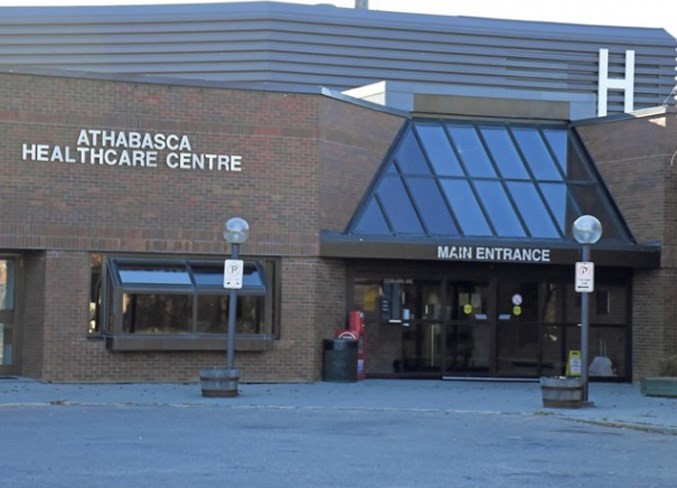Alberta's Child and Youth Advocate is calling for the province and Alberta Health Services (AHS) to take steps to improve their handling of youth opioid abuse.
The office of the Child and Youth Advocate released a report June 26 detailing its investigation into 12 youth who died from opioid poisoning who had all received child intervention services within two years of their death. The report calls for a cross-ministry youth strategy to address opioid use by young people to be implemented by Dec. 31, 2019.
Provincial Child and Youth Advocate Del Graff said it is important to understand the 12 individuals were a loss to their communities and the government must take quick action.
"It is imperative that the Government of Alberta take quick action on the recommendations contained within this report so that fewer lives are loss," Graff said in a June 26 press release.
The report includes five areas of recommendation. These include a call for Alberta Education to increase the level of health promotion and substance use education, have child-serving ministries get appropriate substance use intervention training and for AHS to strengthen their substance use interventions for young people.
Health minister Sarah Hoffman said she has met with the Office of the Child and Youth Advocate (OCYA) to discuss the recommendations.
"Our government takes this extremely seriously and we will continue taking action to protect children, youth and families from the opioid crisis," Hoffman said in an emailed statement. "I look forward to continuing to work with the OCYA to ensure we are doing everything we can to be there for vulnerable children and families who need support to address substance use."
The June 26 press release said since 2015, 229 Albertans aged 15 to 24 have died from accidental opioid poisoning, accounting for 12 per cent of provincial accidental opioid poisoning deaths in that period.
Advocate calls for legislative update
Graff's report also calls for the province to undertake a review of the Protection of Children Abusing Drugs (PChAD) Act and its policies. The act allows parents or guardians to seek court orders to confine a young person in a protective safe house for 10 days, with the aim of protecting young people at risk of significant harm due to substance use.
However, the report said parents the advocate spoke too felt shamed and intimidated by the process, and the currently legislated timelines did not meet their needs.
Parents Empowering Parents is a provincial organization which helps families dealing with substance abuse and was involved in the creation of the original PChAD Act in 2006. Its executive director Lerena Greig said she is pleased by the OCYA report.
"I'm pleased about anything that's going to give us more resources and support for families and their kids as they go through substance use or substance use disorder," Greig said in an interview.
Greig said the organization has been advocating for change in the PChAD ACT to allow for a longer minimum stays of 90 days or for a process that takes children to the next stage of recovery after leaving a PChAD facility.
"We recognize that the current state they have for the children is not long enough," Greig said. "There's a few gaps."
AHS interim north zone director Dr. Sandra Corbett said AHS has a number of addictions and mental health clinics across the province providing services for youth addicted to drugs.
She said for PChAD beds, the 10-day timeline allows for patients to be treated for the effects of detox and have counsellors assess ongoing needs and make treatment recommendations.
As it is legislated, Corbett said changes to the program would have to come from legislation. She added the 10-day time period is to address withdrawal symptoms.
"The detox period is specific to dealing with any withdrawal symptoms from the drug and what comes after that is treatment and the counselling to help the youth stay away," Corbett said in an interview. "It can certainly start in a residential treatment centre, it doesn't always have to and it will continue even after that if it needs to.



